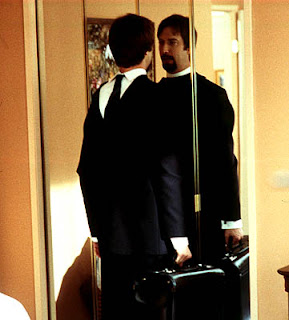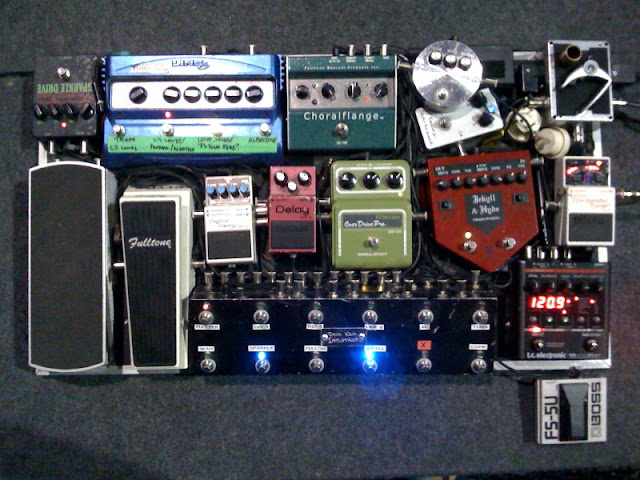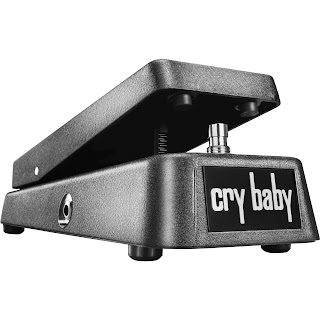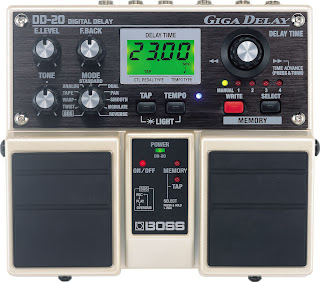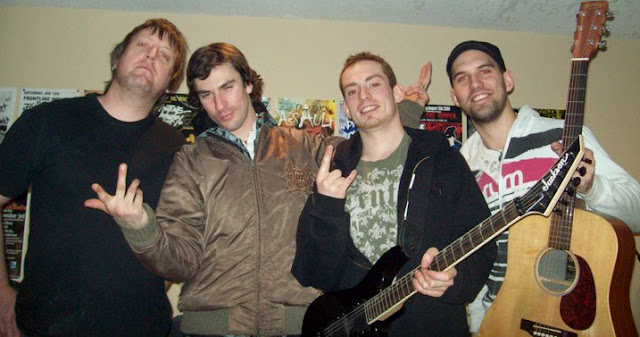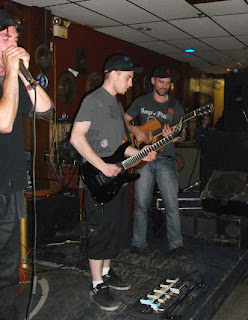The Waiting Room blog post
It is easy to take for granted our free health care system
as a Canadian citizen. If we were presented with receipts stating the cost of
our latest doctors visit paid courtesy of the Government of Canada, I am sure it
would put it in perspective just how fortunate we are to live in a nation where
visits to the family doctors office feel like a basic inherent civil right.
Sure we have our share of problems with the system here in Canada, but have we
ever been frustrated enough to consider trading places with our Southern
neighbours? The
documentary film, The Waiting Room, offers an 81-minute candid journey into the
perseverance and daily reality facing patients, doctors and staff caught up in the
American healthcare system at the Highland Hospital in Oakland, California. This
film offers an insider’s perspective on the inner workings of a health care
system that is so different from our own in some ways.
Many young Canadians learn, in the early years of junior
high school, the basic fundamental differences between our two healthcare
systems and that we are privileged to be living in a nation that will not turn away it's citizens in our most vulnerable moments. The American healthcare system is often
a hot topic for debate between Republican and Democratic leaders during
election time, which in turn spills over into our Canadian media content. When
I hear about the healthcare debates in the U.S I often wonder: how can a nation
with an estimated GDP of $15.8 trillion in 2012, according to the U.S
National Economic Trends, deny its citizens a very basic right to be
treated in the direst times? It was curiosity that motivated me to see Michael
Moore’s film Sicko in 2007, to shed light on this issue that is merely 140 km
away from my hometown. I thought Sicko was a great and informative journey into
the backward policies of American healthcare, but of course some of the
messages were extremely dramatized to garner shock-value in true Michael Moore
fashion. I appreciated the journey by boat to Cuba too seek health care, it made
for great entertainment, but the majority of Americans aren’t travelling in
boats making highly dramatized entrances for medical care. You will find most
Americans in the countless waiting rooms strewn across their vast nation, many
of them nervously waiting with their fate in the hands of their insurance
provider, if they are lucky.
This documentary film The Waiting Room covers the very
diverse and captivating stories of Americans inter-woven in the system at the Highland Hospital. The documentary is shot in an
observational style, often called cinema verité, which presents a reality soaked
multiple-character driven account of the many trials facing an un-insured
patient in the U.S. health care system. The filmmaker, Peter Nicks, skillfully
chooses diverse characters that have very different outlooks and are facing
very different situations to color the greater message of the film looking at
the broken system in its entirety. I was heavily captivated by each characters story and often pulled into the
characters shoes: from a father fearful for
his daughters well-being to an elderly man needing dialysis but more accepting
to death than another waiting room at the hospital. The filmmaker does an
amazing job empathetically connecting the audience to each patients fears and
frustrations by offering a strip down bare bones account of their thoughts and
reactions to the developments in their medical problems.
The sound was predominantly natural ambiance in each setting, which evoked
connectivity to the environment, and effectively transported the audience to
the sensory surroundings of the waiting room. The film demonstrated
journalistic objectivity by showing positivity in the systems as well by showing cheerful staff members trying to make the
most of their daily work—the nurse with red rimmed glasses giving a gangster patient a comical tongue lashing—and also glowing results from
patients that had undergone emergency procedures stating the superiority of
American emergency room surgeons.
One relation that Canadian and American health
care systems share, is the inevitability of wait times. It was shocking
in the film when patients of the Highland Hospital were given wait times as
long as a month for MRI scans, it was a dramatically highlighted point in the film. In
Manitoba, Canada, the average wait time for an MRI at the Health Sciences
Centre is 16 weeks according the Manitoba Government's website: a very similar
range of time.
In a recent experience of mine at the Health Sciences Centre
I was waiting in the emergency room untreated for 7 hours suffering from severe
food poisoning. After wait times were pushed back yet again, because of an insurgence
of ambulance patients—not un-common for Manitoba—I decided to leave un-treated
so I could attend school in the morning. This all-too-common situation allows
one to see a common factor between our two systems: that health care is often a safety-net institution. This speculation is also tactfully suggested in the documentary. In fact, most
of the patients that were ahead of me on the waiting list at the Health
Sciences Centre knew the staff by name.
I wonder if the Highland Hospital has ever had mortality
in their waiting room like the tragedy that happened to Brian Sinclair who died
while waiting untreated for 33 hours in the Health Sciences Centre. Perhaps the U.S systems has mortality problems of their own. On May.15,
2012, a message was given to physicians by T.R Reid, a notable journalist
specializing in healthcare systems, at the 67th annual Ogden Surgical Medical
Society conference that stated:
“Roughly 22,000 Americans die every year from treatable
diseases because they can't afford to go to a doctor.”
Upon watching the documentary film and experiencing the Canadian health care system for myself, it is evident
that each of our healthcare system’s in our affluent nations are far from
perfect. But one thing was definitely made very clear by The Waiting Room documentary: the
Americans health care system has a long way to go.
